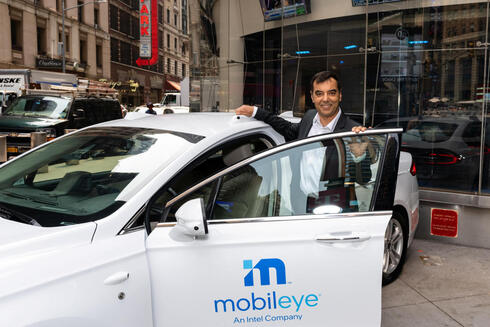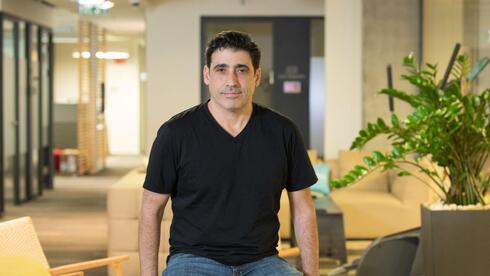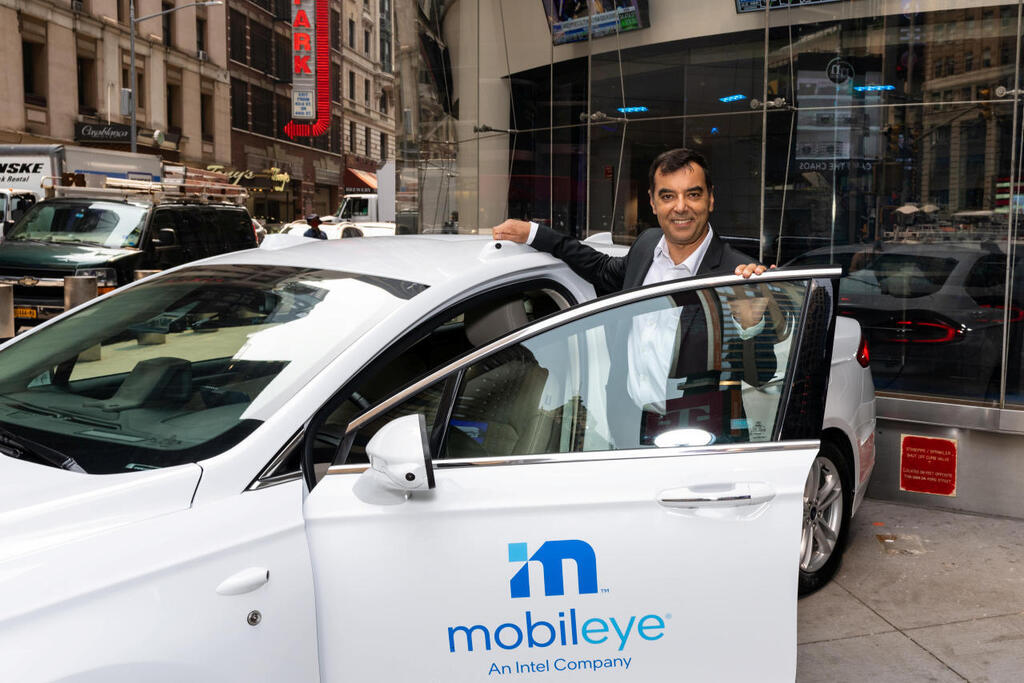
Mobileye drops lidar development, axes 100 jobs to save $60M
Cost-saving measures and evolving technologies force the autonomous leader to rethink sensor strategies.
Mobileye is shutting down its lidar sensor development division, which employs 100 people. While Mobileye, which is focused on developing autonomous vehicles, will try to find internal positions for some employees, it is estimated that most will be laid off.
This move represents significant cost savings for Mobileye, as the division's development expenses were projected to reach $60 million, with no expected revenue. Lidar is an advanced sensor, one of the key components of autonomous vehicles, but Mobileye has yet to complete internal development and currently uses sensors from the Israeli company Innoviz. Innoviz is currently valued at only $88 million, so acquiring it could be more cost-effective for Mobileye than continuing to fund internal lidar development, which has already consumed over $100 million.
The lidar industry was once considered one of the most promising fields in the sector, but recently the prices of these sensors have dropped significantly. Meanwhile, advancements in AI raise questions about their necessity. About five years ago, Elon Musk famously declared that lidar is not essential for autonomous vehicles and serves mainly as a redundancy measure. Lidar is a type of advanced radar that can operate effectively in low-visibility conditions, such as darkness or stormy weather.
Mobileye issued a statement: "As part of our regular review of the long-term technology roadmap, we now believe that the availability of next-generation FMCW lidar is less essential to our roadmap for eyes-off systems. This decision was based on a variety of factors, including substantial progress on our EyeQ6-based computer vision perception, increased clarity on the performance of our internally developed imaging radar, and continued better-than-expected cost reductions in third-party time-of-flight lidar units.”
Mobileye will continue its internal development of imaging radar, which is expected to reach production next year and is considered a strategic priority.
This is another major shift in Mobileye’s operations this year, part of the company’s broader efforts to reduce expenses. Earlier this year, the company shut down its original driver-assistance systems, which warned drivers about lane departures or imminent collisions. As part of that restructuring, 130 employees were let go, 90 of whom were based in Israel. Following the current round of cuts, Mobileye’s workforce will shrink to around 3,500 employees, though many open positions remain listed on the company’s website.
Mobileye has been facing a slowdown since late 2023, and its market value recently dropped below $10 billion for the first time. This decline is compounded by speculation that Intel, which still owns 88% of Mobileye's shares, may sell them to address its own liquidity challenges.
Amid falling revenues, which have led to several downward revisions of its annual sales forecast (currently expected to be between $1.6 billion and $1.8 billion, $1 billion less than originally projected), Mobileye has posted a significant operating loss, nearing $100 million in the last quarter.
Mobileye's shares have plunged by 73% since the beginning of the year, bringing the company’s value to $9.3 billion.















